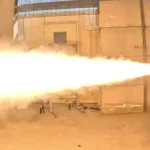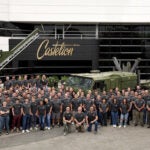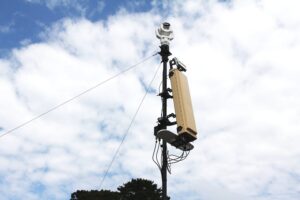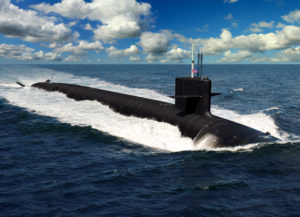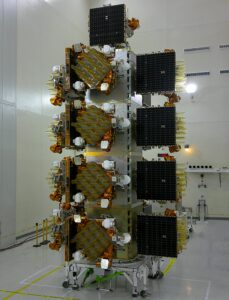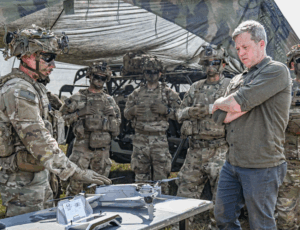
General Dynamics [GD] on Wednesday reported an increase in net earnings in the first quarter driven by lower taxes and net interest expense although sales were flat. Net income rose 3 percent to $730 million, $2.61 earnings per share (EPS), from $708 million ($2.48 EPS) a year ago. Sales remained level at $9.4 billion. Lower taxes and interest expenses more than offset a 3 percent decline in operating earnings, which were down due to one-time corporate costs related to how…

 By
By 